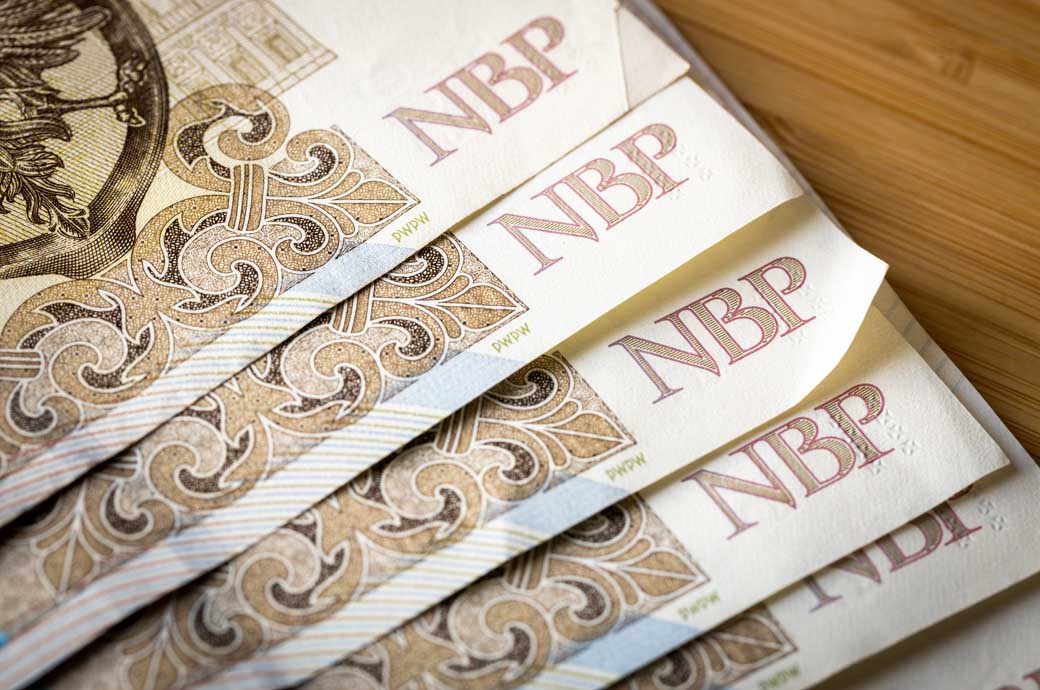
The reference rate was retained at 5.75 per cent; lombard rate at 6.25 per cent; deposit rate at 5.25 per cent; rediscount rate at 5.80 per cent; and discount rate at 5.85 per cent.
In the council’s assessment, incoming data indicate that despite the observed economic recovery, demand and cost pressures in the country’s economy remain low, which amidst weakened economic conditions and falling inflation pressure abroad supports lower domestic inflation.
In the first quarter (Q1) this year, annual consumer price index (CPI) growth is likely to fall significantly, while the decline in core inflation will be slower, the central bank said in a release.
In subsequent quarters, however, inflation developments are associated with uncertainty, related in particular to the impact of fiscal and regulatory policies on price developments, as well as the pace of economic recovery in the country.
Presenting the inflation outlook, NBP president Adam Glapinski reiterated that inflation will fall sharply in the first few months of 2024, and is likely to return to the target temporarily in the first quarter and may be quite close to 2.5 per cent year on year in March.
In December last year, producer prices were considerably lower than a year ago, which confirms the fading of most external supply shocks and a reduction of cost pressures.
Together with the relatively low economic activity growth, it is conducive to a decline in inflation, the bank’s release noted.
The council feels the decrease in inflation is supported by the appreciation of the zloty exchange rate, which is consistent with the fundamentals of the Polish economy.
Fibre2Fashion News Desk (DS)